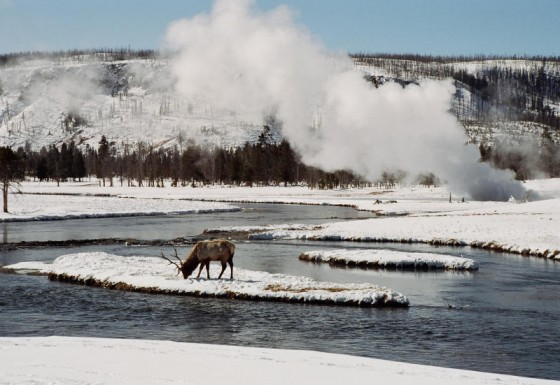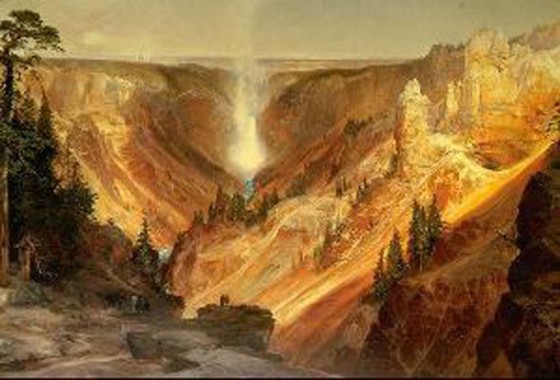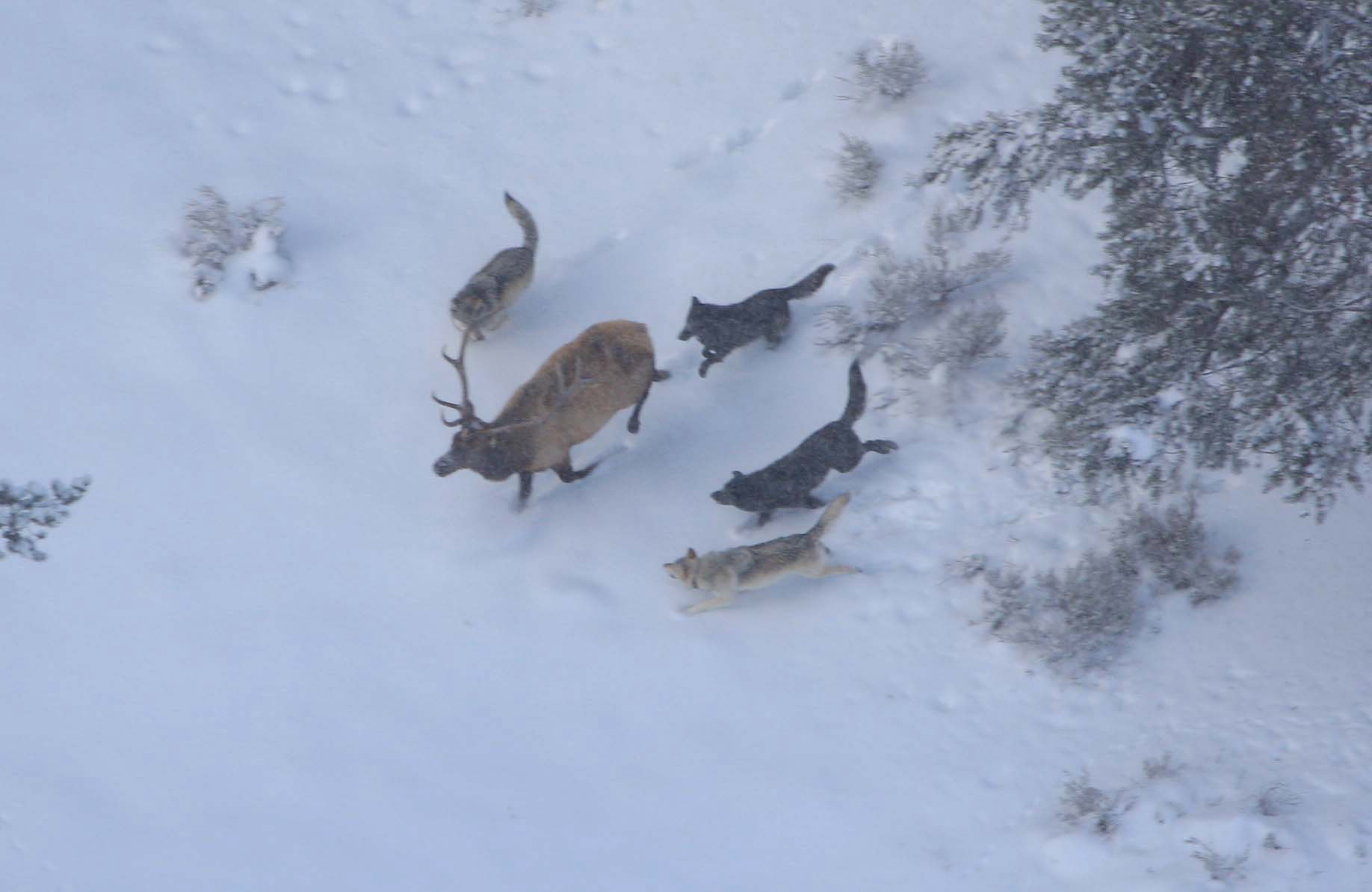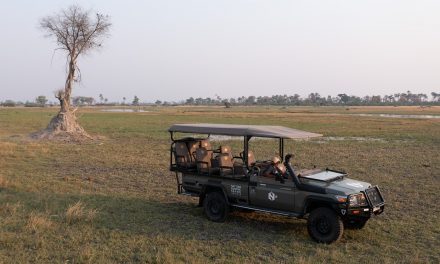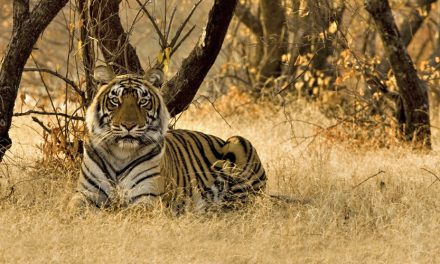America’s first national park is 139 years old today!
Yellowstone became the first federally protected national park by an Act of Congress signed into law on March 1, 1872.
A Brief History Leading to Yellowstone’s Designation
In the years preceding the Civil War, U.S. government exploration brought a new awareness to the nation of the beauty and great natural resources of its vast western lands. Once the Union’s future was assured, the govenment’s attention turned once more to settling its western territory and exploiting it economic expansion.
The U.S. Army Corps of Engineers led the way, with Zebulon Pike, Stephen Long, John C. Fremont, George M. Wheeler and others charting the landscape. The Smithsonian Institution and the Department of the Interior worked toward similar ends, until all civilian and military mapping was consolidated under the U.S. Geological Survey.
Civilian explorers followed in the footsteps of military engineers, as individuals like Clarence King, John Wesley Powell and Ferdinand Hayden conducted field studies on the geology, flora and fauna of the West. They published their results in scientific journals and popular magazines, gave interviews to newspapers and provided the first images of the West’s dramatic natural features to the population base on the East Coast via the early photographic techniques. Adventurous artists followed suit, capturing the drama and monumental scale of western landscapes in what were to become iconic paintings.
As public interest in the West grew, American attitudes toward it shifted. It was no longer seen primarily as a daunting wilderness to be survived en route to the Pacific, but as a trove of natural treasures awaiting discovery by the populace, who were enticed to see the West’s scenic splendors for themselves. Nature was regarded as a balm for the weary urban soul, and a western vacation a conduit for inner transformation. And with such changing perceptions came a push to preserve the country’s greatest natural features from the exploitation that was rapidly changing the face of the West by the second half of the 19th century.
The Birth of the National Park System
The creation of the national park system was at the forefront of such efforts. Following the state of California’s designation of Yosemite as parkland in 1864, the federal government focused its gaze on an equally wondrous tract of land in what would become the northwest corner of Wyoming.
Early trappers and army explorers had been profoundly impressed by the upper reaches of the Yellowstone River, which Ferdinand Hayden had surveyed in 1871. Upon his return to the East, he mounted a campaign to promote, but also to protect, the natural wonders he had seen. He quickly wrote a well-received article for Scribner’s Monthly that included fellow expedition member Thomas Moran’s illustrations. He provided Charles Bierstadt, brother to the artist and a leading manufacturer of stereographic cards, with copies of William Jackson’s expedition photographs. He lobbied members of Congress by presenting them with an album of Jackson’s Yellowstone photographs. He was supported in his effort by Jay Cooke, the railroad magnate who anticipated increased tourist ridership on his lines serving the Yellowstone area. His campaign resulted in a decision by Congress on March 1, 1872, to pass into law the act creating Yellowstone as “a public park or pleasuring-ground for the benefit and enjoyment of the people.”
See Yellowstone for Yourself!
Natural Habitat Adventures offers winter and summer tours to Yellowstone. Winter is a magic time, when wolves are most easily observed in the frozen reaches of the pristine Lamar Valley. Beneath the snow and ice, the earth thrums with energy, as the spray of steaming geysers freezes in mid-air. In summer, our trips take you well away from the crowds and into the backcountry where our naturalist guides have an inside track on the best wildlife viewing opportunities.
Here’s to our national parks, one of America’s best ideas!
Yours as we celebrate,
Wendy
P.S. If you’d like to read the original text of the law that established Yellowstone as our first national park, here it is:
Transcript of Act Establishing Yellowstone National Park (1872)
Forty-Second Congress of the United States of America;
At the Second Session, Begun and held at the City of Washington, on Monday, the Fourth day of December, one thousand eight hundred and seventy-one.
AN ACT to set apart a certain tract of land lying near the headwaters of the Yellowstone River as a public park.
Be it enacted by the Senate and House of Representatives of the United States of America in Congress assembled, That the tract of land in the Territories of Montana and Wyoming, lying near the headwaters of the Yellowstone River, and described as follows, to wit, commencing at the junction of Gardiner’s river with the Yellowstone river, and running east to the meridian passing ten miles to the eastward of the most eastern point of Yellowstone lake; thence south along said meridian to the parallel of latitude passing ten miles south of the most southern point of Yellowstone lake; thence west along said parallel to the meridian passing fifteen miles west of the most western point of Madison lake; thence north along said meridian to the latitude of the junction of Yellowstone and Gardiner’s rivers; thence east to the place of beginning, is hereby reserved and withdrawn from settlement, occupancy, or sale under the laws of the United States, and dedicated and set apart as a public park or pleasuring-ground for the benefit and enjoyment of the people; and all persons who shall locate or settle upon or occupy the same, or any part thereof, except as hereinafter provided, shall be considered trespassers and removed therefrom.
SEC 2. That said public park shall be under the exclusive control of the Secretary of the Interior, whose duty it shall be, as soon as practicable, to make and publish such rules and regulations as he may deem necessary or proper for the care and management of the same. Such regulations shall provide for the preservation, from injury or spoliation, of all timber, mineral deposits, natural curiosities, or wonders within said park, and their retention in their natural condition. The Secretary may in his discretion, grant leases for building purposes for terms not exceeding ten years, of small parcels of ground, at such places in said park as shall require the erection of buildings for the accommodation of visitors; all of the proceeds of said leases, and all other revenues that may be derived from any source connected with said park, to be expended under his direction in the management of the same, and the construction of roads and bridle-paths therein. He shall provide against the wanton destruction of the fish and game found within said park, and against their capture or destruction for the purposes of merchandise or profit. He shall also cause all persons trespassing upon the same after the passage of this act to be removed therefrom, and generally shall be authorized to take all such measures as shall be necessary or proper to fully carry out the objects and purposes of this act.
(Information in this post was sourced from Westward Expansion: 1842–1912, Records from the National Archives Teaching With Documents. [Santa Barbara, CA: The National Archives and Records Administration and ABC-CLIO, 2001] pp. 56–57.)


















